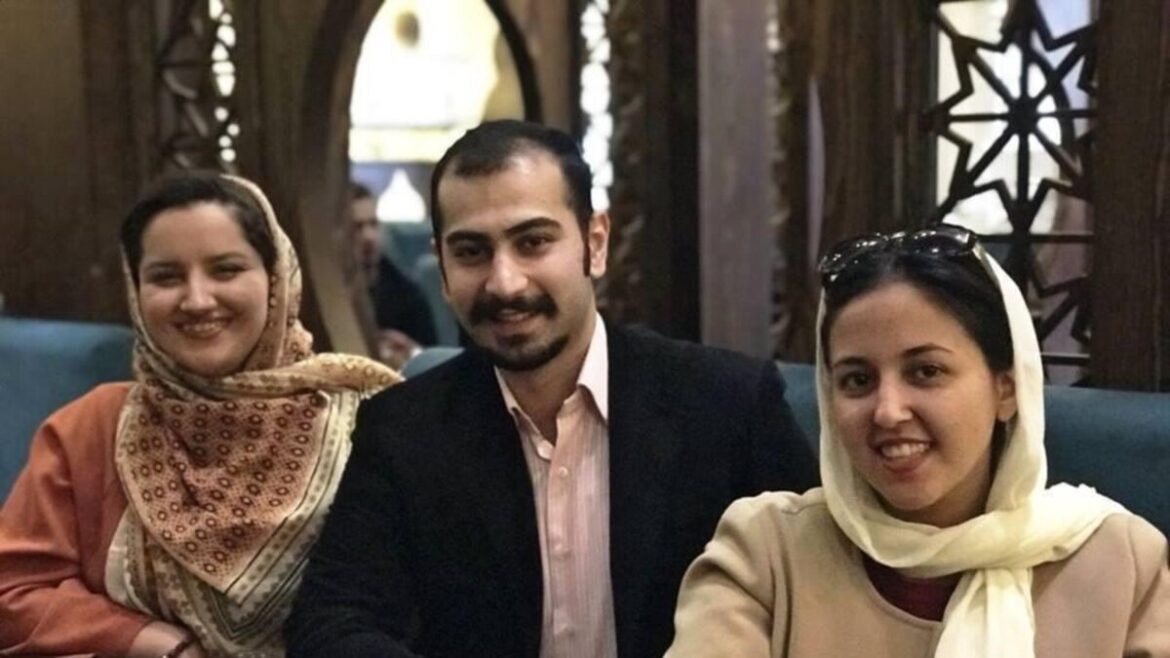Iran, a nation steeped in rich history and diverse cultures, is predominantly recognized as an Islamic state, largely following the Twelver branch of Shia Islam. Yet, it is crucial to acknowledge that Iran’s religious landscape is a tapestry woven from various threads, including ancient religious minorities steeped in profound traditions. How do these diverse faiths coexist in such a predominantly Islamic milieu? This question invites contemplation and perhaps poses a challenge to our understanding of religious pluralism in Iran.
The pre-Islamic era in Iran was characterized by a plethora of belief systems. Ancient religions like Zoroastrianism, which emerged around the sixth century BCE, played a significant role in shaping Iranian identity. Founded by the prophet Zoroaster, this religion centers around the duality of good and evil, embodied by Ahura Mazda, the supreme god, and Angra Mainyu, the evil spirit. Despite the advent of Islam, Zoroastrianism has managed to persist through centuries, albeit in a diminished capacity. Today, the Zoroastrian community in Iran is very small, often estimated at about 25,000 members. They remain dedicated to their ancient rites, preserving sacred texts, including the Avesta, and celebrating festivals like Nowruz, the Persian New Year.
Moreover, the Baha’i Faith, which emerged in the 19th century, presents another layer to Iran’s religious complexity. Founded by Baha’u’llah, followers of this faith advocate for the unity of all religions and the elimination of prejudice. Nevertheless, the Baha’is in Iran have faced severe persecution, as the Iranian government does not recognize their faith and regards it as heretical. Despite the oppression, Baha’is persist in their belief, emphasizing core tenets such as the importance of universal education and world peace.
Another significant minority is the Armenian Christian community, one of the oldest Christian groups in the region, with historical roots stretching back to the early years of Christianity. The Armenians were granted a level of autonomy under the Safavid dynasty and have maintained a substantial cultural presence, particularly in the city of Isfahan. Their churches, adorned with intricate frescoes and historical iconography, stand as testaments to a rich religious heritage. The current population is around 100,000, allowing them to preserve their unique identity within a predominantly Muslim society.
Additionally, the Assyrian Christians form another notable religious minority in Iran. Like the Armenians, they trace their lineage back to the early days of Christianity. Assyrians have historically inhabited the northwestern regions of Iran and have maintained their traditions despite periods of significant adversity. Their presence, though diminished, contributes to the intricate fabric of Christianity within Iran, as they continue to celebrate their liturgical practices and pass down their language.
Significantly, the Jewish community represents one of the oldest minority faiths in Iran, having roots that can be traced back to the Babylonian exile. Despite facing challenges under various regimes, particularly post-1979 Revolution, Iranian Jews have largely maintained their identity. The community numbers approximately 9,000 today and continues to practice Judaism openly, with synagogues, schools, and cultural organizations serving as beacons of their enduring legacy. Iranians of Jewish heritage share a profound historical narrative, evoking reflections on the nature of coexistence amid a dominant religious culture.
Interestingly, the complexities of Iranian religious life serve to demonstrate how ancient beliefs and contemporary faiths can coexist, albeit often under strain. What of the young Iranian who identifies as an adherent to one of these ancient beliefs? How does that individual navigate a society where their faith might be viewed with skepticism? Navigating this landscape is not without its trials, as many minorities face discrimination, and their rights are often curtailed. This raises poignant questions: Can tolerance flourish in environments where one faith dominates? Or are ancient legacies destined to retreat from the public consciousness, overshadowed by the prevailing narratives?
Moreover, the interplay of these diverse faiths invites further exploration of how religious minorities can contribute to the broader dialogue within Iran. For instance, can Zoroastrian values influence Islamic thought? Might the principles of Baha’i—emphasizing peace and unity—merely provide a counter-narrative to the divisive rhetoric often found in religious discourse? Clearly, interfaith dialogue holds the potential for fostering a more inclusive society.
In conclusion, the religious landscape of Iran is multifaceted, replete with historical significance and modern challenges. From Zoroastrianism to Christianity and Judaism, the various faiths represent not just spiritual beliefs but also cultural identities that have withstood the test of time. While the predominant influence of Islam is undeniable, the existence of these ancient religious minorities signals the resilience of diverse traditions. Ultimately, examining the coexistence of these faiths within the broader socio-political context compels us to consider the vital role of religious plurality in shaping a more harmonious future. Will we continue to see the interplay of faiths evolve? It remains an open question, challenging us to reflect on the nature of diversity and tolerance in an increasingly complex world.



